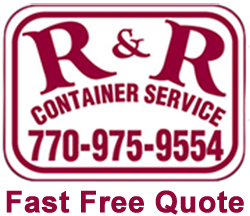The intent of the LEED Standards for Light Pollution is pretty easy to wrap your mind around:
“To increase night sky access, improve nighttime visibility, and reduce the consequences of development for wildlife and people.”
You can read the standards here.
However, like most of the content on the LEED site, it’s not written for the average consumer/homeowner. Too bad because this is a concept that could greatly benefit people who enjoy the night sky, especially those living in rural areas.
To many I imagine this concept falls in to the category of “It’s my property and I’ll do whatever I want in terms of outdoor lighting!” While this is certainly true in the legal sense (barring communities with light pollution ordinances), it reminds me of being on the deck at a coffee shop or cafe and having someone sit down next to you and start streaming their favorite music from an iPad or laptop through the speakers! Even if it’s my kind of tunes, I don’t want to hear it. It’s just plain rude, use headphones for crying out loud!
So even if you don’t spend any time looking at the night sky, please be considerate when installing outdoor lighting. Some general tips include:
- Don’t install lights which are a lot brighter than you need for the job.
- Try to avoid placing lights very near to your property line (and much closer to your neighbors house)
- When installing rapid on types of lights for security reasons, consider using motion sensors instead of just leaving them burning all night long. You’ll like your electric bill for this one.
- Use lights which are shrouded, directing the light where it’s needed. Avoid flood lights point straight off your property.
But mainly, be considerate. Rest assured that if you’re new security light keeps you neighbor awake many hours a week, the two of you won’t be on good terms.

